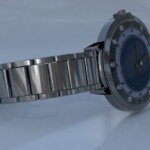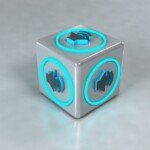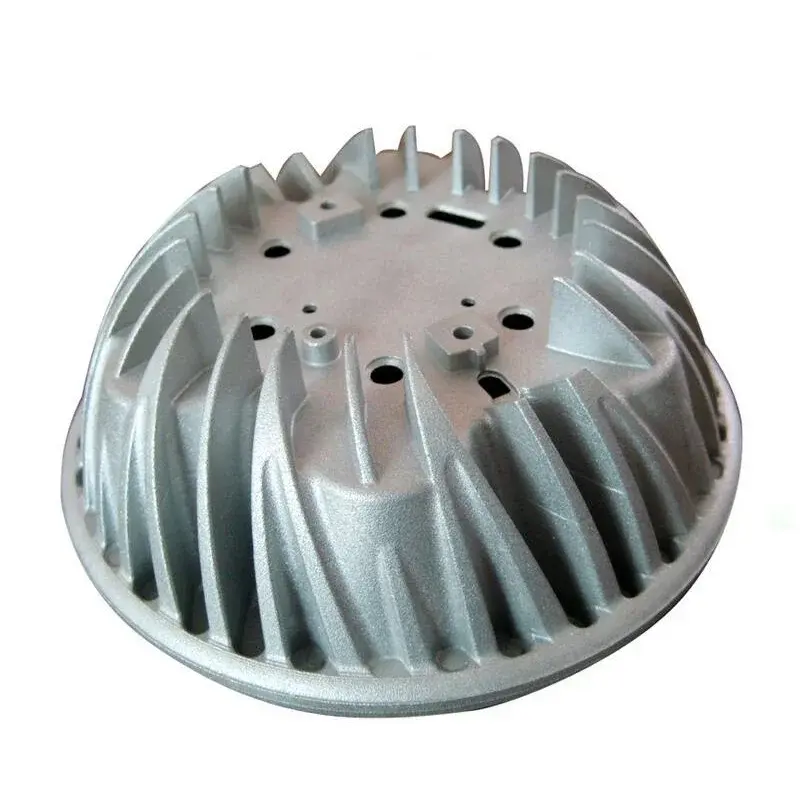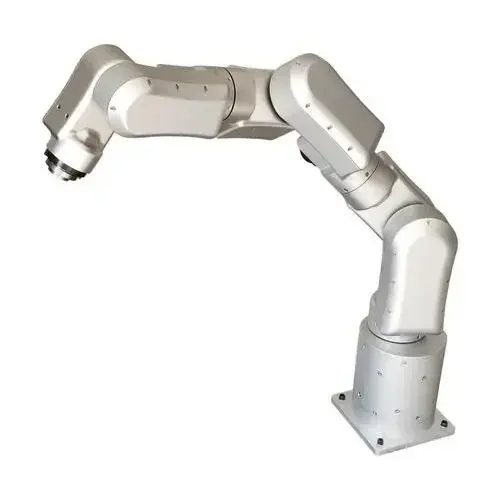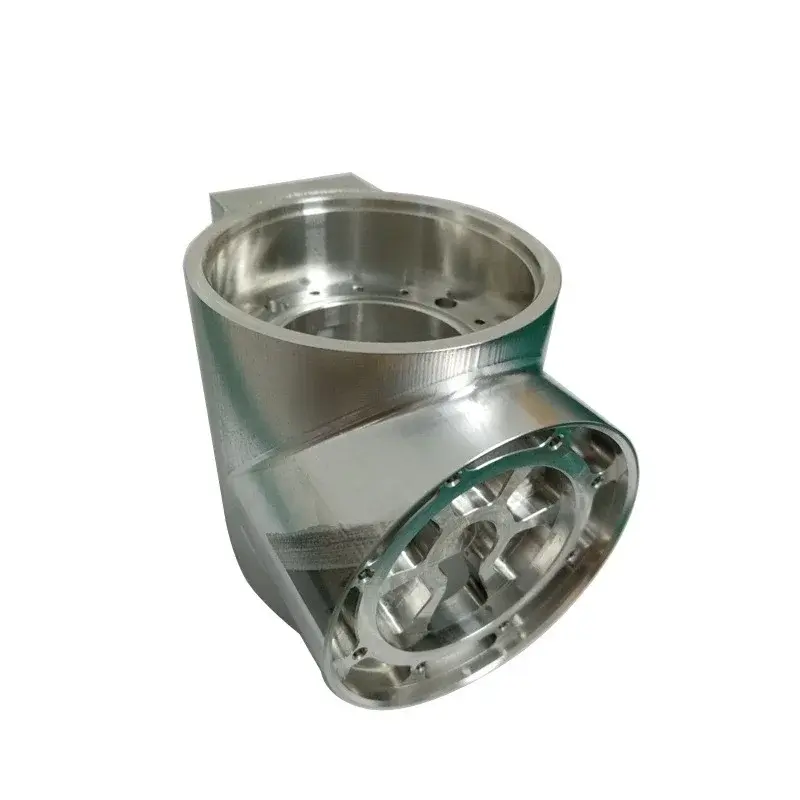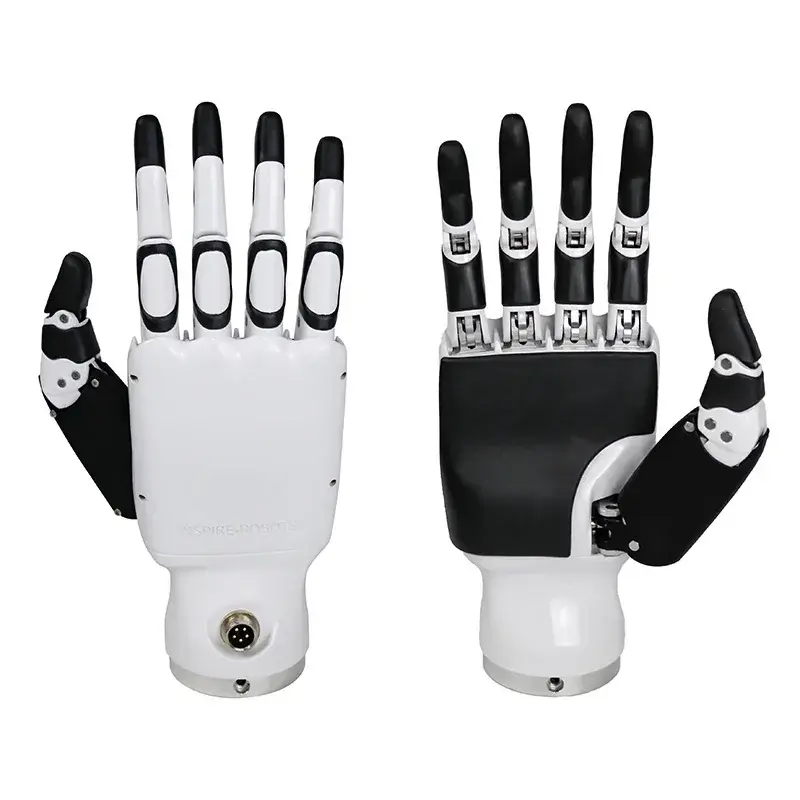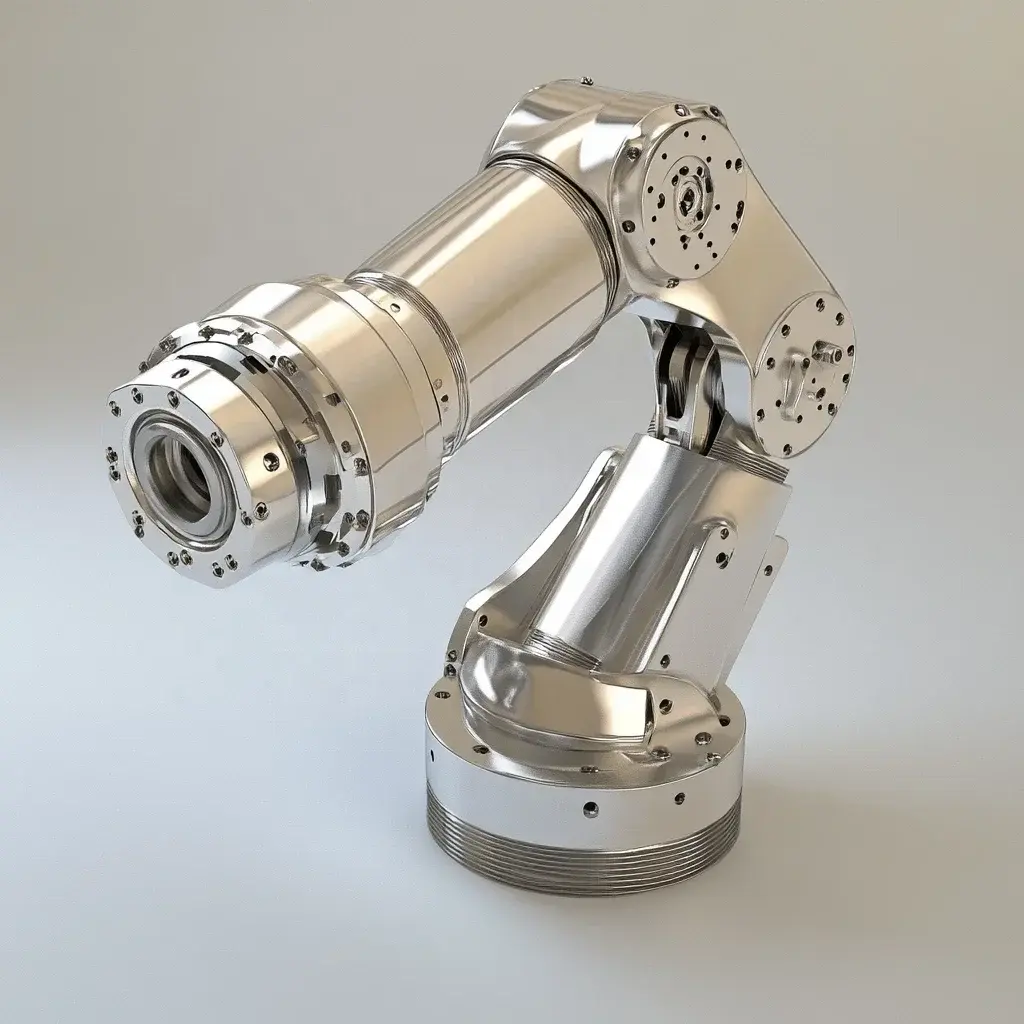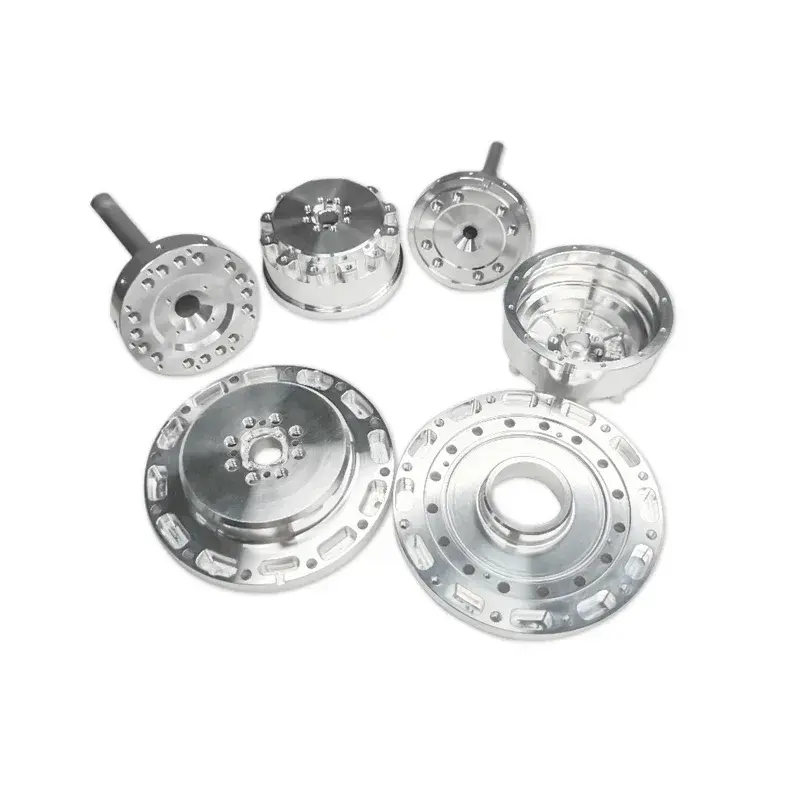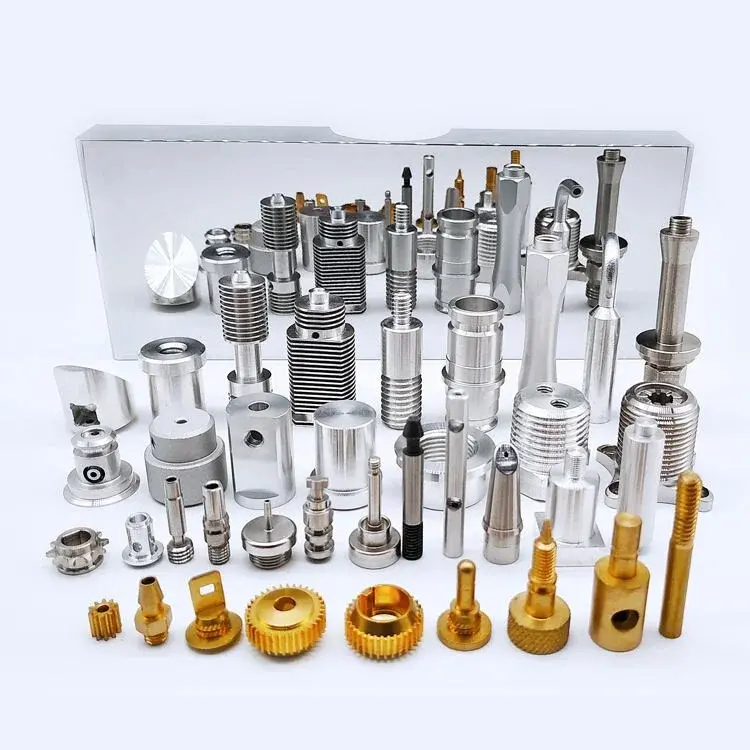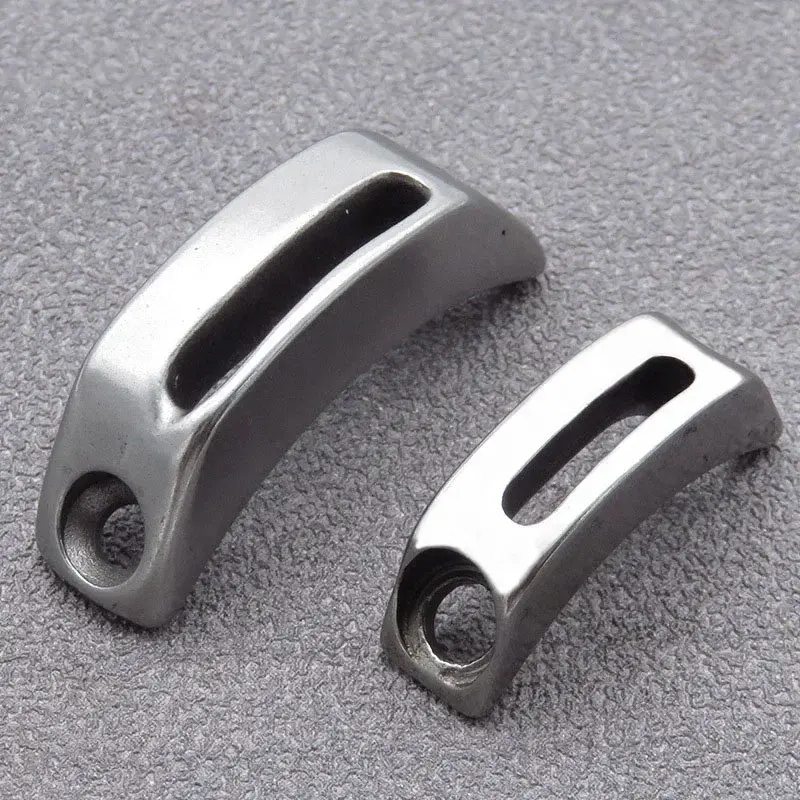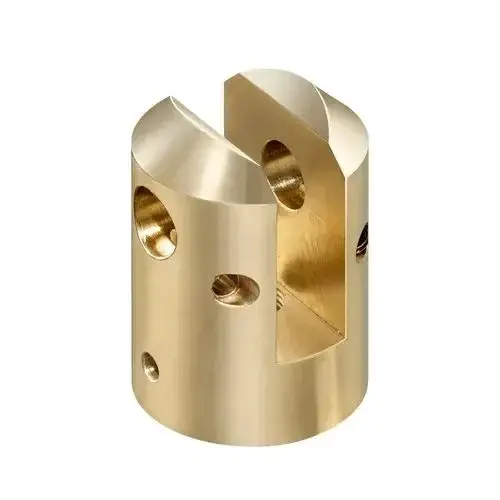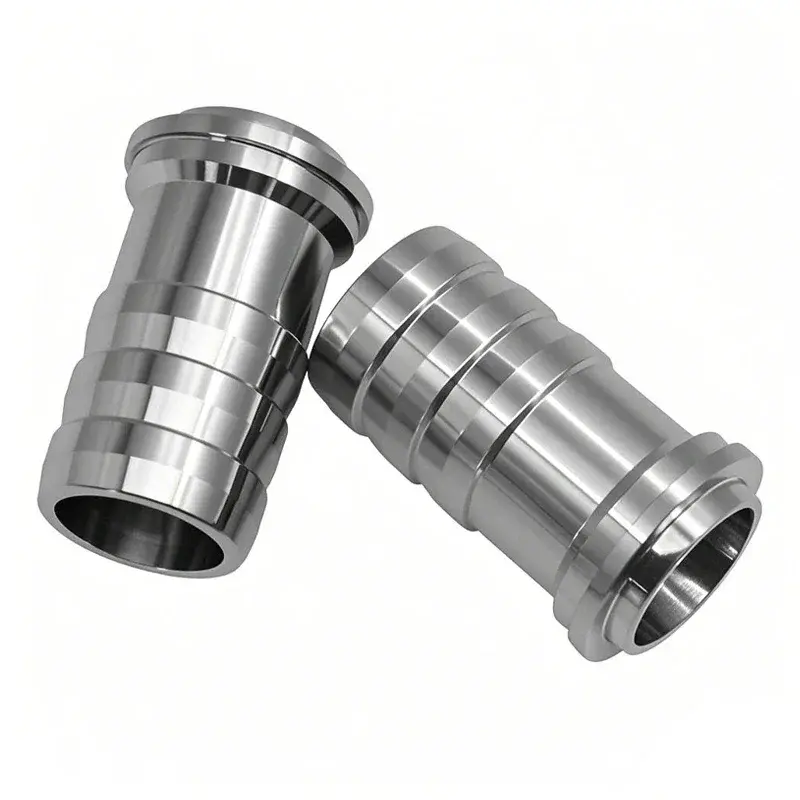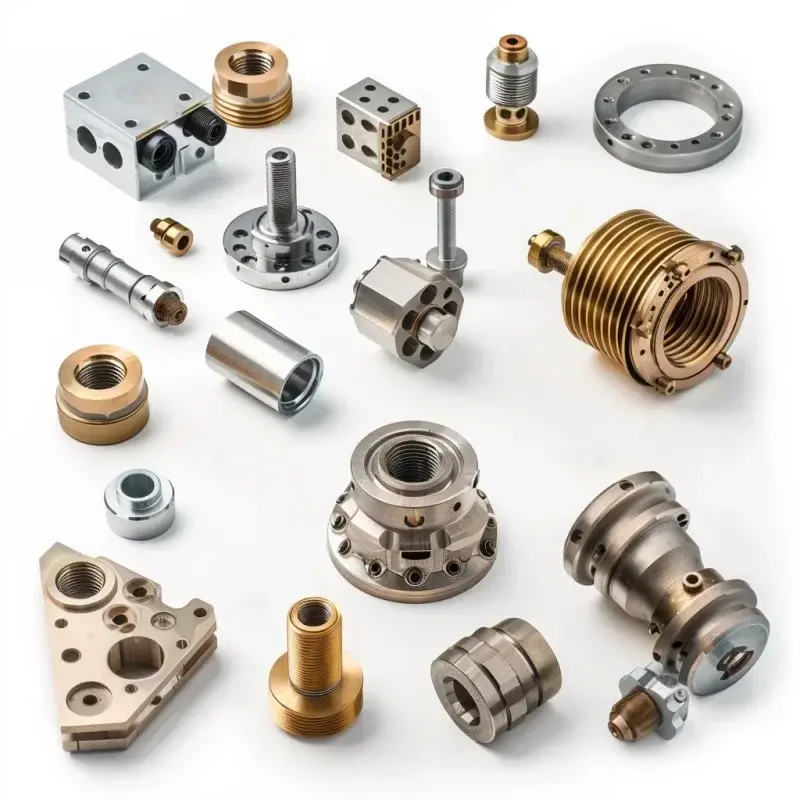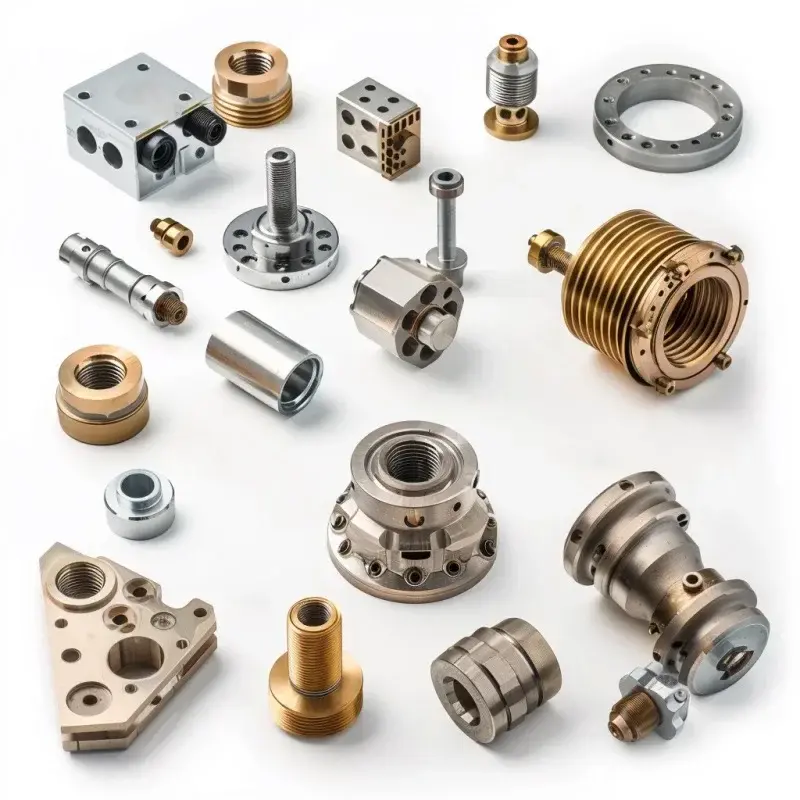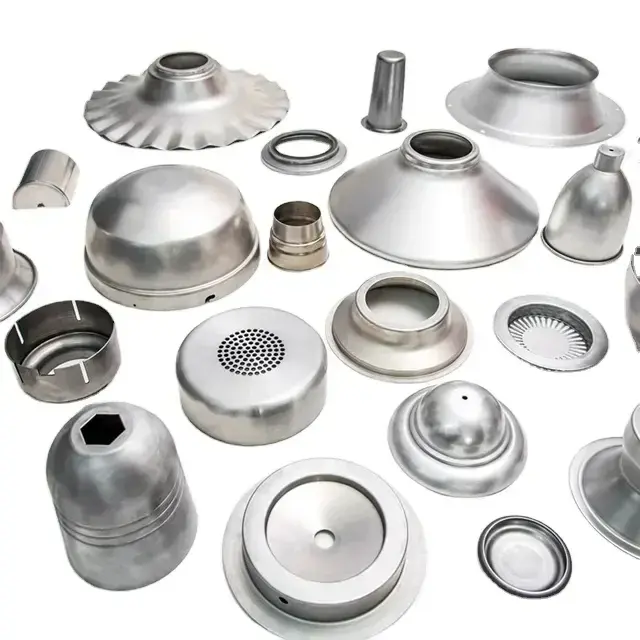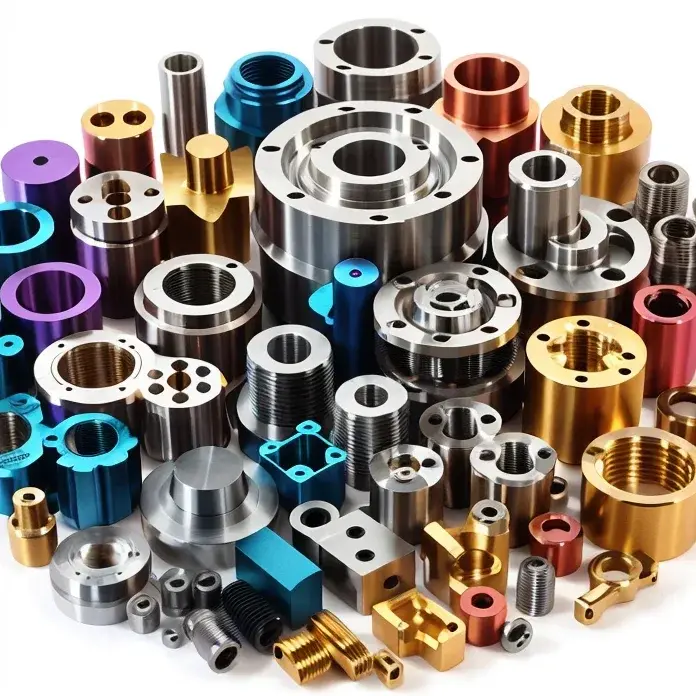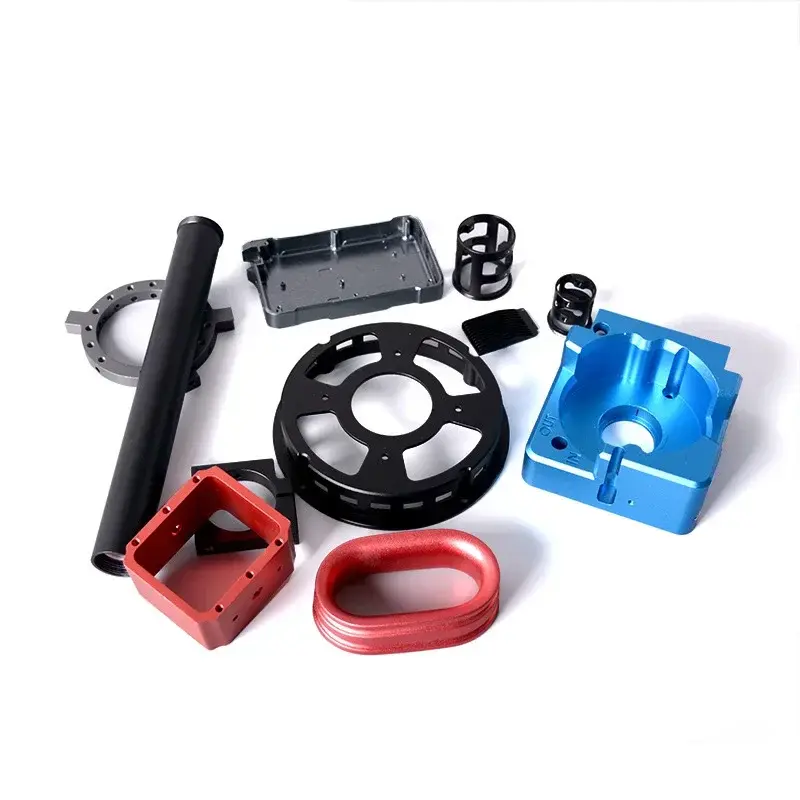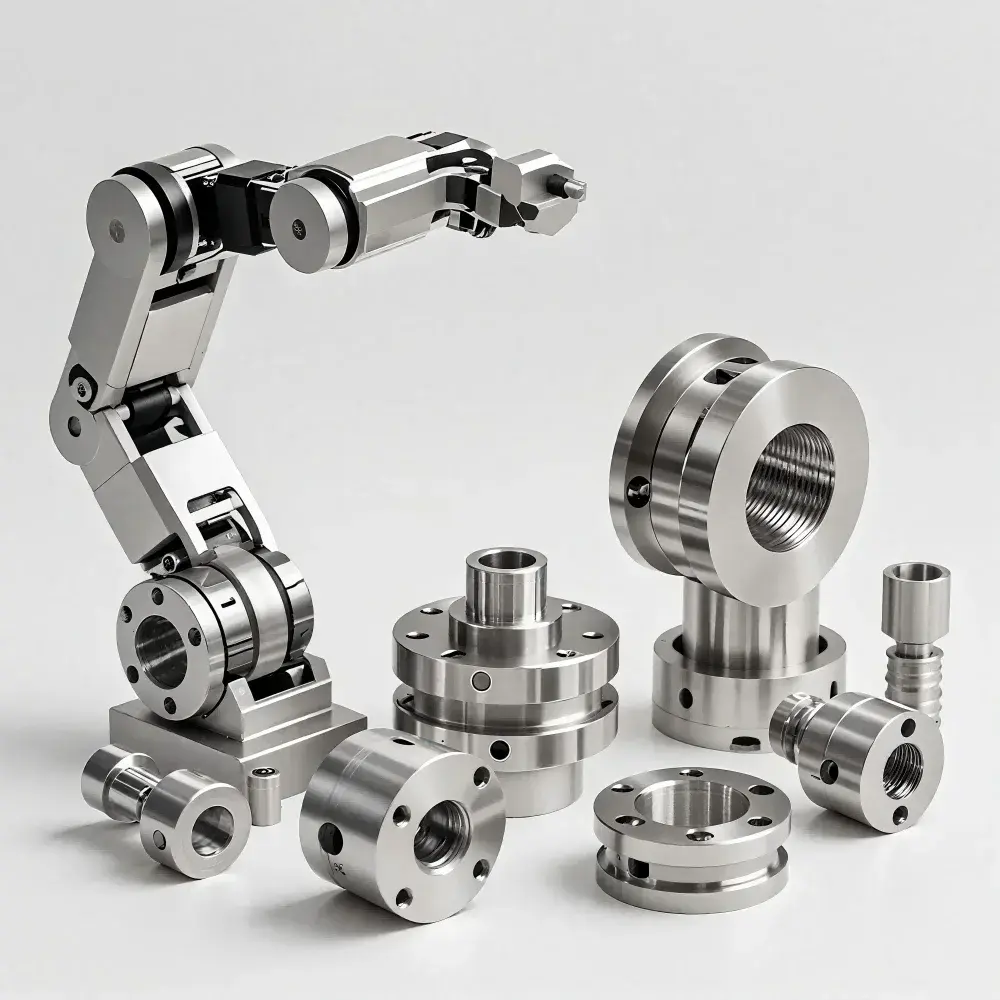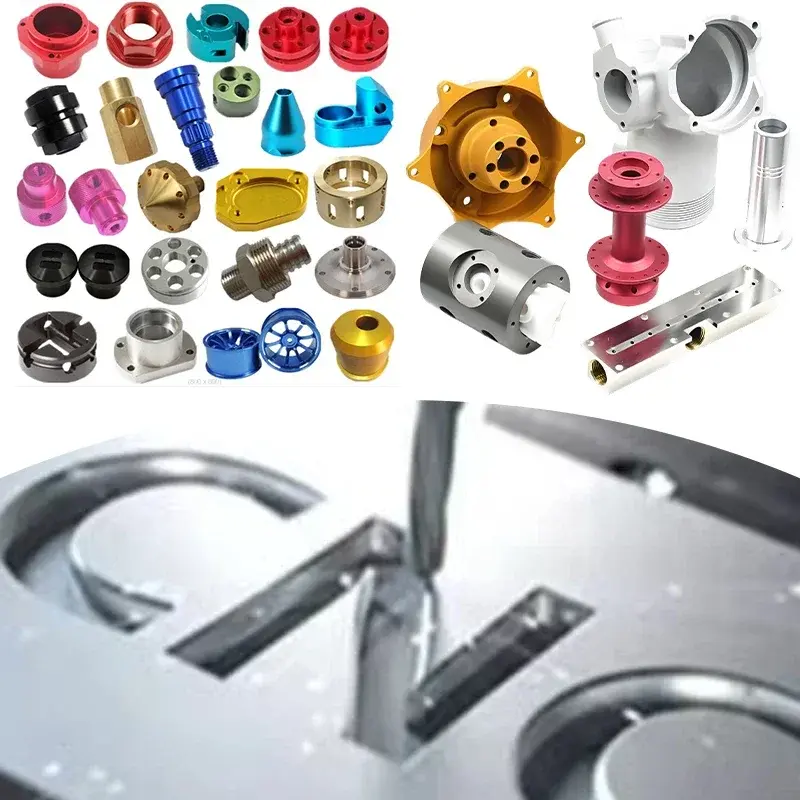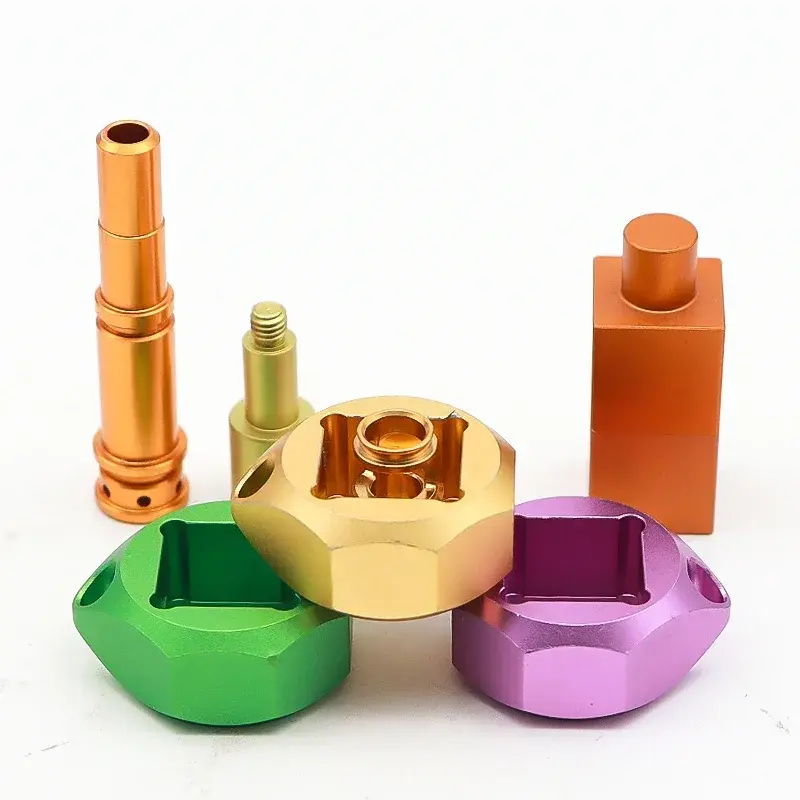Carbon fiber 3D printing is a groundbreaking technology that fuses the exceptional strength of carbon fiber with the versatility of additive manufacturing. This synergy produces components that are not only lightweight and durable but also highly customizable, revolutionizing industries worldwide. From aerospace to sporting goods, this technology is redefining manufacturing possibilities. In this in-depth exploration, we’ll showcase seven industries transformed by carbon fiber 3D printing, provide a technical comparison of printing methods, and emphasize the critical role of Prototype CNC Machining Services in enhancing these innovations. Tailored for engineers, purchasers, startup owners, and multinational leaders, this article offers actionable insights to leverage this technology in today’s competitive landscape.
The Current Landscape of Carbon Fiber 3D Printing
The adoption of carbon fiber 3D printing has surged in recent years, evolving from a niche prototyping tool into a robust production method for end-use parts. Industry forecasts project a compound annual growth rate (CAGR) of approximately 25% from 2023 to 2030, driven by demand for high-performance, lightweight materials across multiple sectors. This growth reflects advancements in printer technology, material science, and software, making carbon fiber 3D printing more accessible and cost-effective than ever.
Why It’s a Game-Changer
- Unmatched Strength-to-Weight Ratio: Carbon fiber boasts tensile strengths of 500-700 MPa, rivaling metals like titanium while weighing significantly less.
- Geometric Flexibility: Additive manufacturing enables intricate designs—think internal lattices or organic shapes—that traditional subtractive methods can’t achieve.
- Efficiency Gains: By minimizing material waste and accelerating production timelines, it’s ideal for low-volume, high-value applications.
At Great Light, we’ve integrated carbon fiber 3D printing with our expertise in 5-axis CNC machining, providing a comprehensive manufacturing ecosystem that meets diverse client needs.

7 Industries Revolutionized by Carbon Fiber 3D Printing
Here’s how carbon fiber 3D printing is transforming seven key industries, with real-world applications and technical insights.
Aerospace – Lightweight Precision for the Skies
In aerospace, reducing weight without compromising structural integrity is paramount. Carbon fiber 3D printing delivers, producing components like brackets and ducts that slash weight by up to 60% compared to aluminum counterparts. Companies like Airbus leverage these parts in models such as the A350 XWB, enhancing fuel efficiency and reducing emissions.
Technical Highlights
- Weight Reduction: A 60% lighter part translates to measurable fuel savings over an aircraft’s lifespan.
- Complex Geometries: Internal channels for wiring or airflow are printed directly into components.
- Speed: Prototypes are iterated in days, not weeks, accelerating development.
Synergy with CNC Machining
While carbon fiber 3D printing excels at lightweight structures, Prototype CNC Machining Services refine these parts with precision tolerances (±0.005mm), ensuring perfect integration into assemblies.
Medical – Tailored Solutions for Human Health
The medical field benefits from carbon fiber 3D printing through custom implants and prosthetics. These biocompatible, lightweight components match patient-specific anatomies, from spinal implants to limb replacements.
Performance Metrics
- Strength: 500-700 MPa tensile strength, comparable to titanium.
- Weight Advantage: 30-40% lighter than metal implants, improving patient comfort.
CNC Precision in Medical Manufacturing
Post-processing via 5-axis CNC machining ensures implants meet stringent surface finish and dimensional requirements, critical for surgical applications.
Automotive – Accelerating Production and Performance
The automotive sector uses carbon fiber 3D printing for everything from assembly jigs to end-use parts like air intake manifolds. BMW, for example, employs printed fixtures in its i8 Roadster production, cutting assembly time by 50%.
Applications
- Tooling: Lightweight, durable fixtures enhance production efficiency.
- Performance Parts: Suspension components benefit from high stiffness and low weight.
CNC Integration
Prototype CNC Machining Services complement this by machining metal mating surfaces or hybrid components, ensuring seamless vehicle integration.
Robotics – Agility Meets Durability
Robotics demands components that balance strength and minimal weight. Carbon fiber 3D printing produces parts for robots like Boston Dynamics’ Spot, enabling faster movements and higher payloads.
Benefits
- Low Inertia: Lighter parts enhance speed and precision.
- Customization: Tailored designs match specific robotic tasks.
Enhancing Robotics with CNC
5-axis CNC machining adds precision to mounting points or metal reinforcements, optimizing robotic performance.
Prosthetics – Empowering Lives with Innovation
Beyond implants, carbon fiber 3D printing crafts prosthetics that are lightweight, strong, and personalized. Companies like Open Bionics use this technology to produce affordable, custom-fitted prosthetic hands.
User Impact
- Comfort: Reduced weight improves wearability.
- Functionality: High strength supports daily activities.
CNC Refinement
Prototype CNC Machining Services polish prosthetic sockets or add metal connectors, ensuring a perfect fit and finish.
Drones – Elevating Flight Efficiency
Drones rely on carbon fiber 3D printed frames for enhanced performance. These frames, up to 50% lighter than aluminum, extend flight times and improve stability.
Key Metrics
- Rigidity: Increased stiffness minimizes vibrations.
- Weight Savings: Boosts battery efficiency and payload capacity.
CNC Collaboration
5-axis CNC machining ensures precise mounting points for motors and electronics, critical for drone reliability.
Sporting Goods – Personalized Performance Gear
Athletes gain a competitive edge with carbon fiber 3D printed equipment, such as bike frames and protective gear, customized to their specifications.
Examples
- Bike Frames: Optimized for rider ergonomics and aerodynamics.
- Helmets: Lightweight yet impact-resistant.
CNC Finishing Touches
Prototype CNC Machining Services refine surfaces or integrate metal fittings, enhancing durability and aesthetics.
FDM vs. Continuous Fiber 3D Printing: A Deep Dive
Choosing the right carbon fiber 3D printing method depends on your application. Here’s a technical breakdown of FDM (Fused Deposition Modeling) versus continuous fiber 3D printing.
FDM with Chopped Carbon Fiber
- Process: Thermoplastic filament infused with short carbon fiber segments is extruded layer by layer.
- Strength: 50-100 MPa tensile strength—adequate for non-structural parts.
- Use Case: Ideal for rapid prototyping or lightweight jigs.
Continuous Fiber 3D Printing
- Process: Continuous carbon fiber strands are embedded within a thermoplastic matrix during printing.
- Strength: Up to 700 MPa tensile strength—comparable to metals.
- Use Case: Perfect for load-bearing components like implants or drone frames.
Strength Comparison Table
| Technology | Tensile Strength (MPa) | Applications |
|---|---|---|
| FDM (Chopped Fiber) | 50-100 | Prototypes, fixtures |
| Continuous Fiber | 500-700 | Structural parts, end-use |
For maximum durability, continuous fiber 3D printing outperforms, while FDM offers cost-effective prototyping solutions.
The Pivotal Role of Prototype CNC Machining Services
While carbon fiber 3D printing shines in creating complex, lightweight parts, it’s not a one-size-fits-all solution. Prototype CNC Machining Services bridge the gap, offering precision and versatility.
Why Combine the Two?
- Hybrid Approach: Print intricate bases with 3D printing, then machine high-tolerance features with CNC.
- Material Flexibility: CNC handles metals like aluminum or titanium, pairing perfectly with carbon fiber composites.
- Superior Finishes: Achieve polished surfaces unfeasible with 3D printing alone.
At Great Light, our 5-axis CNC machining delivers tolerances as tight as ±0.005mm, making it indispensable for aerospace, medical, and automotive applications. This dual approach maximizes efficiency and quality, addressing the full spectrum of manufacturing challenges.
Emerging Trends in Carbon Fiber 3D Printing
The technology is advancing rapidly, with trends that promise to further its impact.
Accessibility
Affordable desktop printers, such as those from Markforged, democratize carbon fiber 3D printing for startups and small businesses.
Material Advances
New thermoplastics and resins boost heat resistance and strength, expanding application possibilities.
Sustainability Efforts
Recycling initiatives for carbon fiber waste are reducing environmental footprints, aligning with global green manufacturing goals.
AI Integration
AI-driven design tools optimize part layouts for carbon fiber 3D printing, enhancing strength-to-weight ratios with minimal material use.
Why Great Light Stands Out
As a leading 5-axis CNC machining factory, Great Light combines cutting-edge carbon fiber 3D printing with unparalleled machining expertise. Here’s what sets us apart:
- Advanced Equipment: State-of-the-art printers and CNC machines tackle any project.
- Material Mastery: We process metals, composites, and more, customizing solutions to your needs.
- End-to-End Service: From prototyping to finishing (e.g., anodizing, polishing), we deliver ready-to-use parts.
- Global Reach: Competitive pricing and rapid delivery make us the go-to for online customization.
Contact us today for a tailored quote and discover how we can elevate your manufacturing goals.
Conclusion: Shaping Tomorrow with Carbon Fiber
Carbon fiber 3D printing is not just a technological leap—it’s a paradigm shift. Its applications span industries, delivering lightweight, strong, and efficient solutions. Paired with Prototype CNC Machining Services, it offers a holistic approach to modern manufacturing challenges. At Great Light, we’re committed to helping you harness this potential, building a future where innovation knows no bounds.




